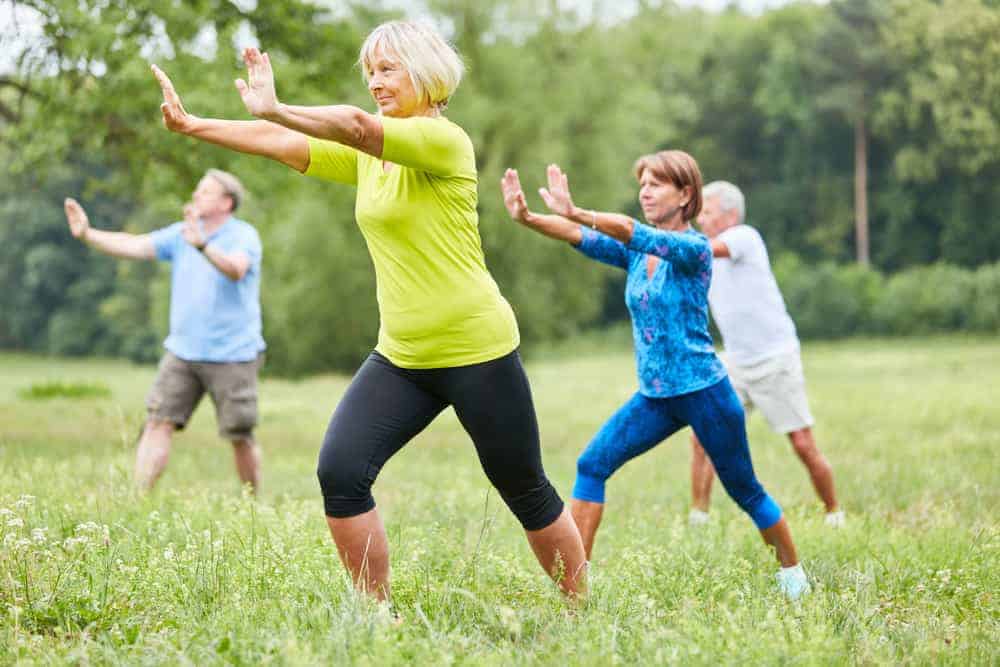Being active and getting exercise helps us all feel better. Exercise is a tried and true way to promote health and emotional wellbeing in all—but for those living with dementia, exercise is an excellent tool to alleviate behavioral and psychological symptoms of dementia (BPSD) and keep the muscles, joints, and heart in good shape.
Whether in the early, middle, or late stages of dementia, there are exercises for everyone. The important thing is to find activities that are fun, suited to the patient’s needs, and safe for their unique abilities.
In this article, we will discuss the benefits of exercise for dementia patients, tips for getting started, and a variety of exercises that may be incorporated in a home or senior living environment.
Exercise is such a powerful tool. According to the Alzheimer’s Society, exercise may benefit those living with dementia by:
When looking to incorporate exercise for dementia patients, it is important to choose activities that are enjoyable, sustainable, and tailored to the patient’s abilities. Understanding the abilities and unique interests of the patient can help you choose fun, yet appropriate and safe activities. Try to draw inspiration from their past experiences. You may consider their former lifestyle, hobbies, recreational activities, social interests, work history, and travel experience.
Often, people living with dementia have “good” and “bad” times throughout the day. Their mood and functioning may be better early on in the day and poorer in the late afternoon (sundowning). Try to schedule activities in accordance with the times of day when the patient is at their best.
How you communicate with dementia patients during activities matters, too. Focus on one thing at a time and communicate one instruction at a time. Remember to check for understanding and assess body language to make sure they are not overwhelmed and are enjoying themselves.
Dementia affects everyone differently, and consequently, each patient’s abilities may be different. They may also be living with other conditions that may limit their exercise abilities. Patients living with dementia who may have not exercised for a long period of time or may have health issues, such as heart problems, hypertension, frequent falls, dizziness or fainting, and bone or joint issues. Before beginning any new exercise or physical activity, always speak to a general practitioner or relevant healthcare professional.
Depending on the stage of dementia the patient is in, patients may struggle to perform exercises on their own or may have difficulty remembering sequencing. Consider joining in or leading the exercise to remove the pressure of having to remember what to do. Allowing patients to mimic your actions can remove the stress and frustration and allow them to fully immerse in the activity. Plus, working out with a friend is always better!
These gentle exercises are examples of activities a late-stage dementia patient may be able to perform:
These moderate exercises are examples of activities a middle-stage dementia patient may be able to perform:
Gardening: Gardening allows patients to enjoy nature and the outdoors. It can be easily tailored to the patient’s unique abilities. More gentle gardening activities can include weeding, pruning, and planting, while more strenuous activities may include raking leaves and mowing the lawn.

These advanced exercises are examples of activities an early-stage dementia patient may be able to perform:
To assess the impact of exercise for dementia patients on ADLs, whether in a senior living or home environment, caregivers and loved ones can incorporate routine assessments of neurocognitive function. This provides insight into the effects of exercise on the ability to complete ADLs and is also a great tool to understand patients’ changing needs over time to inform care needs.
Altoida’s mission is to accelerate and improve drug development, neurological disease research, and patient care. To learn more about our precision-neurology platform and app-based medical device, contact us!